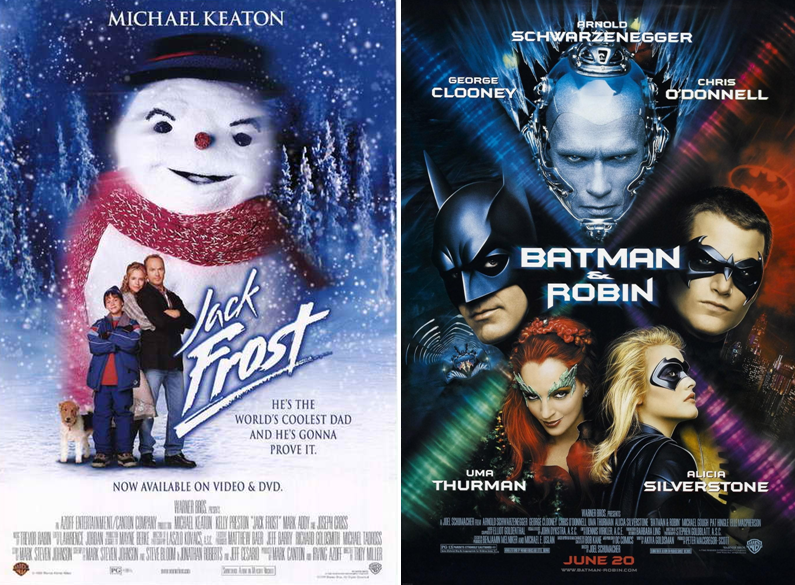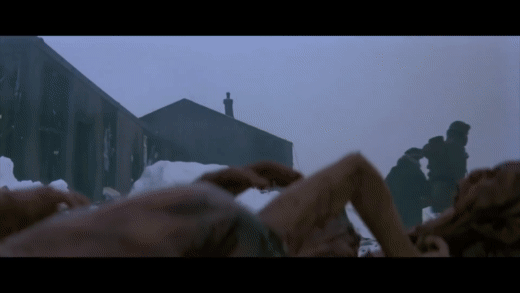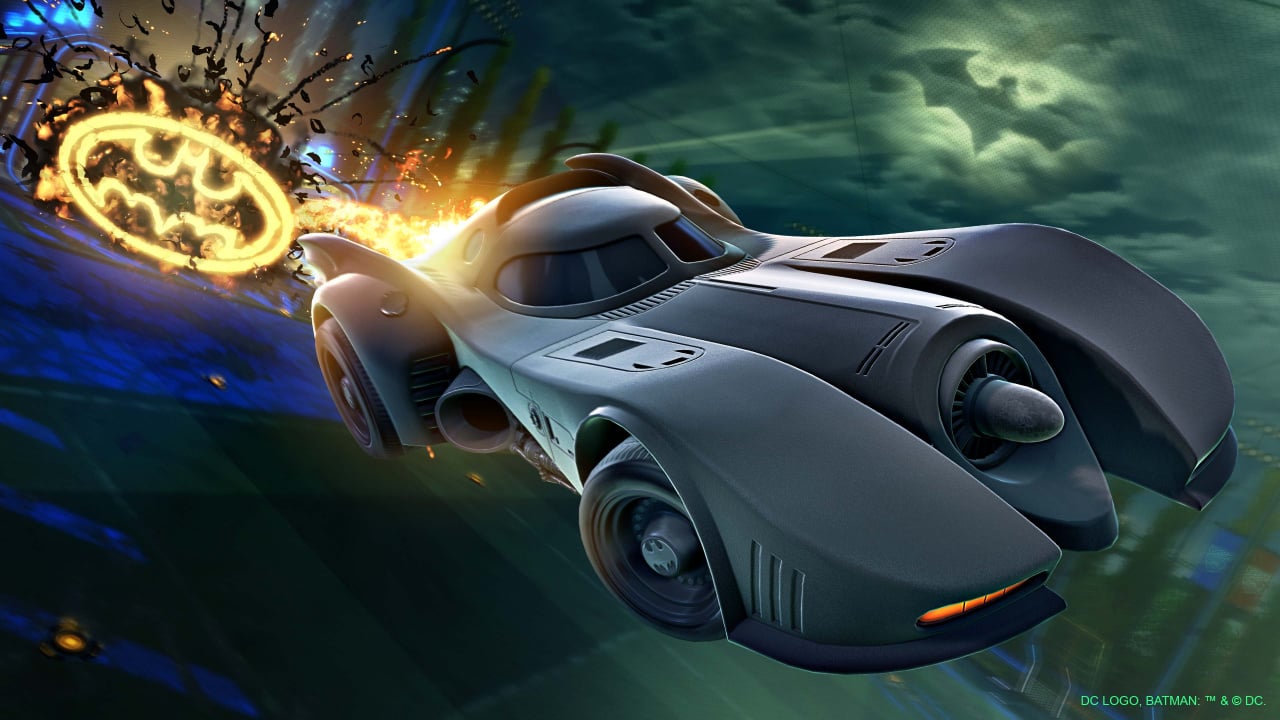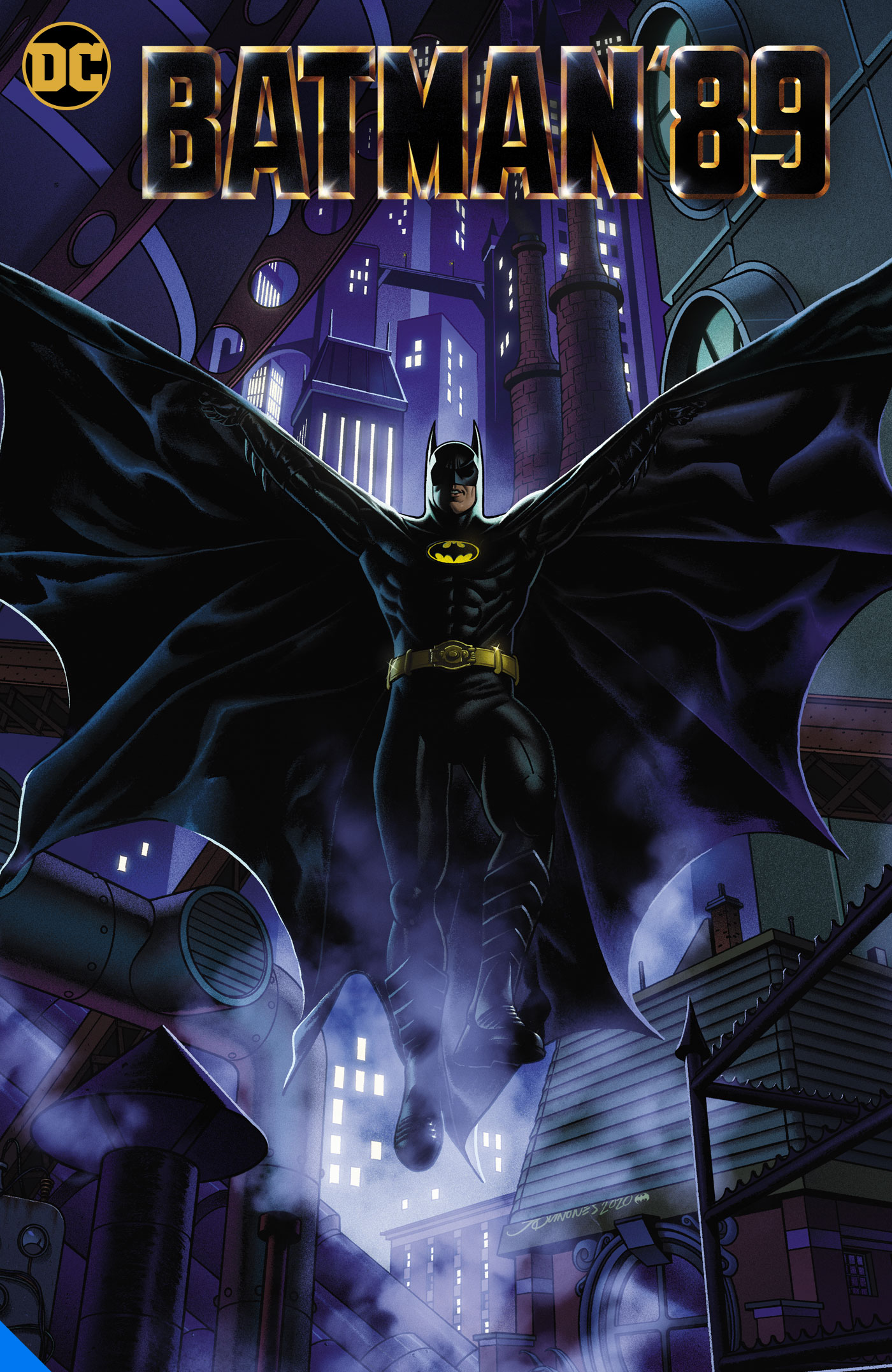I've been re-watching all the old DCAU films lately, including the ones edited together from TV episodes, and I was surprised by how well World's Finest holds up. It's been a long time since I last watched it – maybe more than a decade – and it was a lot better than I remembered it being. As far as animated Batman/Superman films go, I'd rank it up there with Superman/Batman: Public Enemies (2009).

Using Lois as the emotional lynchpin to connect Batman and Superman's civilian lives was a good way of streamlining things and keeping the plot focused on those three characters, although it is a little strange hearing Conroy's Batman woo a woman voiced by Delany who isn't Andrea Beaumont. The acting is good across the board, and it's particularly enjoyable to hear Hamill's manic Joker playing off Brown's calm and reserved Luthor. The movie does a good job of contrasting their very different personalities, just as it does a good job of visually contrasting Gotham City against Metropolis. I hope one day we'll see a live action Metropolis that looks as interesting as the S:TAS version.
There's a bit of an "I won't kill you but I don't have to save you" moment towards the end where Batman saves Harley and tells Superman to save Lex, but then leaves the Joker to perish on the exploding wing. Ok, so the Joker had a parachute. But it was Batman's fault the exploding marbles spilled onto the floor in the first place, and he could've easily told Superman to save the Joker as well as Lex. This leads to what is arguably the funniest one-liner ever spoken by Conroy's Batman.
Good stuff. I'm sure we've already discussed this film before, but I can't find a thread on it anywhere on the site. So I figured we ought to have one.

Using Lois as the emotional lynchpin to connect Batman and Superman's civilian lives was a good way of streamlining things and keeping the plot focused on those three characters, although it is a little strange hearing Conroy's Batman woo a woman voiced by Delany who isn't Andrea Beaumont. The acting is good across the board, and it's particularly enjoyable to hear Hamill's manic Joker playing off Brown's calm and reserved Luthor. The movie does a good job of contrasting their very different personalities, just as it does a good job of visually contrasting Gotham City against Metropolis. I hope one day we'll see a live action Metropolis that looks as interesting as the S:TAS version.
There's a bit of an "I won't kill you but I don't have to save you" moment towards the end where Batman saves Harley and tells Superman to save Lex, but then leaves the Joker to perish on the exploding wing. Ok, so the Joker had a parachute. But it was Batman's fault the exploding marbles spilled onto the floor in the first place, and he could've easily told Superman to save the Joker as well as Lex. This leads to what is arguably the funniest one-liner ever spoken by Conroy's Batman.
Good stuff. I'm sure we've already discussed this film before, but I can't find a thread on it anywhere on the site. So I figured we ought to have one.






























































